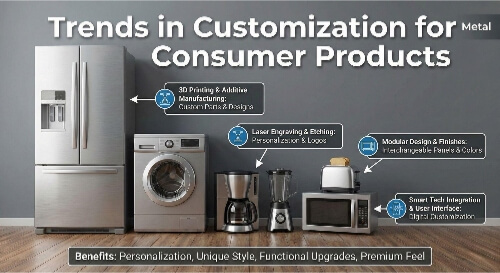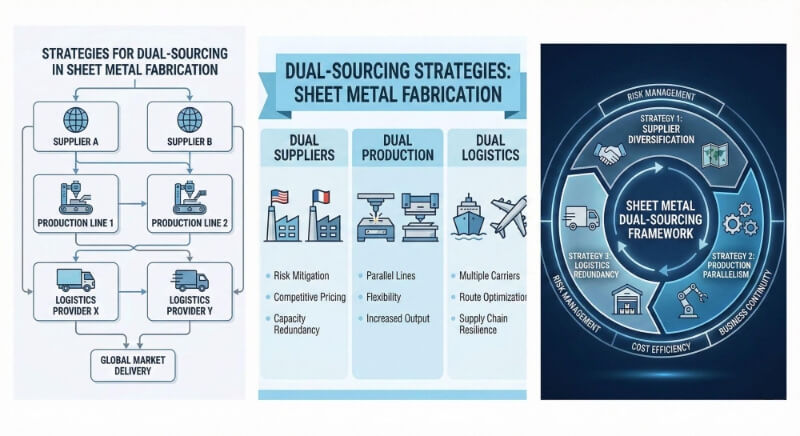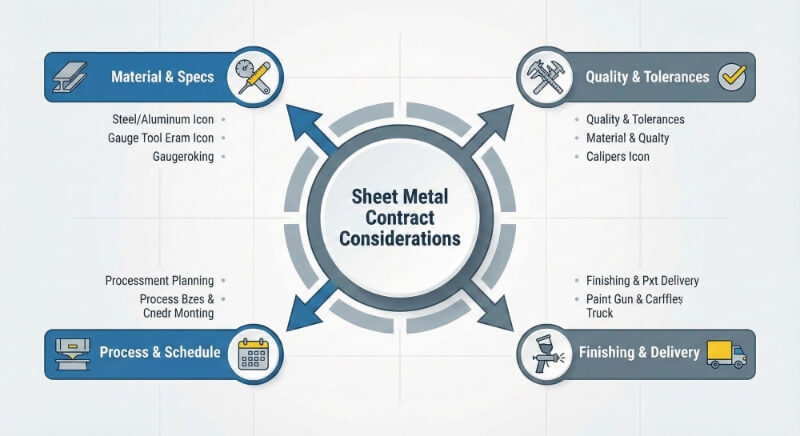Manufacturing quality aluminum parts demands precise surface finishing. Many fabricators struggle with achieving consistent, durable coatings that resist corrosion and wear. When done correctly, powder coating offers a superior solution, delivering exceptional durability and aesthetic appeal.
Powder coating aluminum requires specific preparation and application techniques to ensure adhesion and longevity. The process involves thorough surface preparation, proper powder application, and controlled curing temperatures—all critical factors that determine the final quality of coated parts.
Let me share our proven powder coating process that consistently produces professional results across thousands of aluminum components.
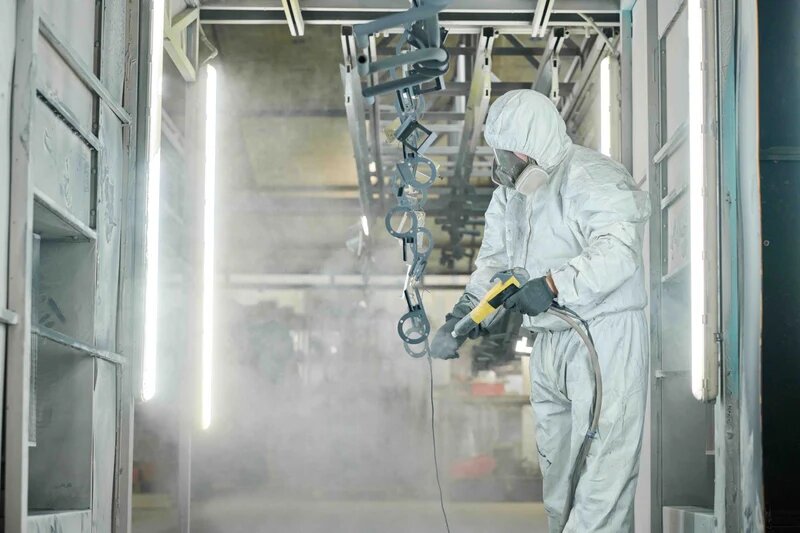
Understanding the Basics of Powder Coating
Powder coating transforms raw aluminum into durable, attractive finished products. Explore its process, benefits, and versatile applications across various industries.
What is Powder Coating?
Powder coating is a finishing process where a dry powder made of pigments and resins is electrostatically applied to a surface. The coated part is then heated, causing the powder to melt and form a smooth, durable layer.
This method is particularly effective for aluminum, providing a strong, long-lasting finish that protects against wear, corrosion, and environmental damage.
Key Advantages of Powder Coating over Traditional Paint
Powder coating offers several advantages compared to traditional liquid paint:
- Enhanced Durability: It forms a thicker, more resilient layer that resists scratches, chipping, and corrosion.
- Environmentally Friendly: Produces minimal waste and emits almost no harmful VOCs.
- Cost Efficiency: Requires fewer applications and less maintenance over time.
- Customizable Finishes: Various colors, textures, and effects are available to meet design needs.
Common Applications of Powder Coating Aluminum
Powder-coated aluminum is widely used in many industries due to its strength and versatility:
- Automotive: Used for wheels, trims, and engine components to ensure durability and style.
- Construction: Applied to window frames, doors, and railings for weather resistance and aesthetic appeal.
- Outdoor Furniture: Protects against rust and fading in chairs, tables, and benches.
- Electronics: Provides a protective layer for casings and components exposed to wear or chemicals.
How To Powder Coat Aluminum?
Achieving a flawless powder-coated aluminum finish requires precision and attention to detail. Follow these step-by-step instructions to ensure professional results that enhance durability and visual appeal.
Step 1: Pre-treating Aluminum for Powder Coating
The first step is thoroughly cleaning the aluminum surface to remove contaminants like grease, dirt, or oxidation.
To enhance adhesion and prevent corrosion, use a degreaser or solvent-based cleaner and a chemical etch or phosphate treatment. Rinse and dry the aluminum completely to prepare it for the next steps.
Step 2: Preparing Aluminum Surface
After cleaning, sandblast or use fine-grit sandpaper to create a slightly rough surface, which will improve powder adhesion. Wipe away any remaining dust or debris with a clean cloth to ensure a flawless coating.
Step 3: Masking
Masking tape or plugs are applied to areas that should remain uncoated. This step ensures precision and protects critical surfaces during the coating process.
Step 4: Priming the Surface
Applying a primer is necessary for some applications to improve adhesion and enhance durability. Use a primer specifically designed for aluminum and allow it to dry completely before proceeding.
Step 5: Applying the Powder Coat
Use an electrostatic spray gun to apply the powder coat evenly. The charged powder particles adhere to the grounded aluminum surface, creating an even layer. Ensure consistent gun movement for uniform coverage.
Step 6: Curing Powder Coating Aluminum Surface
Transfer the coated aluminum into a curing oven set between 325°F and 450°F, depending on the powder specifications. The heat melts the powder into a smooth, durable finish. Curing typically takes 10-20 minutes.
Step 7: Cooling Powder Coated Aluminum Surface
After curing, allow the aluminum to cool naturally at room temperature. To prevent damage to the finish, avoid handling the parts until fully cooled.
Step 8: Quality Testing
Inspect the coated aluminum for defects such as uneven thickness, bubbles, or scratches. Perform adhesion and durability tests like scratch or punch to ensure the coating meets quality standards.
Types of Powder Coatings for Aluminum
Each type of powder coating offers unique properties that make it suitable for specific applications. Here’s a detailed look at the main varieties used for aluminum surfaces.
Epoxy Powder Coating
Epoxy coatings excel in indoor applications due to their exceptional durability and protective qualities. They provide:
- Superior chemical and corrosion resistance
- Advanced surface hardness
- Strong adhesion properties
- Excellent uniformity in finish
- High flexibility for automotive parts
However, epoxy coatings are limited to indoor use since UV exposure causes fading and surface degradation.
Polyester Powder Coating
Polyester coatings are ideal for outdoor applications, offering:
- Outstanding UV resistance
- Long-term color retention
- Wide range of color options and finishes
- Good mechanical resistance
- Cost-effective application
- Lower cure temperatures
TGIC polyester variants enhance impact and weather resistance, making them perfect for outdoor furniture and architectural elements.
Hybrid Powder Coating
Hybrid coatings combine epoxy and polyester properties, delivering:
- Enhanced overbake resistance
- Good penetration into recessed areas
- Full range of gloss options
- Ultra-smooth, thin films
- Economic advantage
- Ideal for interior applications
Troubleshooting Common Issues in Powder Coating Aluminum
Achieving flawless powder coating results requires attention to detail and proper technique. These solutions address the most frequent challenges encountered during aluminum powder coating.
Uneven Coating: Causes and Solutions
Uneven coating manifests as inconsistent coverage or color variations across the aluminum surface. To resolve this:
Equipment Adjustments
- Verify proper electrostatic gun settings and voltage
- Maintain consistent spray distance and angle
- Check for adequate grounding
Application Technique
- Use uniform spraying patterns
- Monitor powder flow rate
- Ensure proper part preparation before coating
Powder Coating Not Adhering to Aluminum
Adhesion failures appear as peeling, flaking, or bubbling of the coating. Here’s how to prevent these issues:
Surface Preparation
- Remove all contaminants, oils, and oxides
- Use appropriate cleaning methods and chemicals
- Apply proper pretreatment techniques
Process Controls
- Monitor coating thickness
- Verify the correct powder type for aluminum
- Ensure adequate surface roughness
Common Problems in the Curing Process
Proper curing is crucial for a durable finish. Here are solutions for common curing issues:
Temperature Management
- Monitor and maintain consistent oven temperature
- Follow recommended cure schedules
- Allow proper cooling time
Quality Checks
- Test for complete cure
- Watch for signs of over-curing
- Check for proper cross-linking
Powder Coating Aluminum Vs. Painting Aluminum
Powder coating and painting are two popular finishing methods for aluminum, each with distinct advantages and limitations. Here’s a detailed comparison to help you decide which is better suited for your project.
Durability
- Powder Coating: This creates a thick, uniform layer that is highly resistant to chipping, scratching, and peeling.
- Painting: While easier to apply, paint is more prone to chipping, peeling, and fading.
Environmental Impact
- Powder Coating: Eco-friendly with minimal waste and no VOC emissions. Overspray can be recycled, reducing material waste.
- Painting: Emits VOCs during application, which harms the environment and requires proper ventilation systems.
Aesthetic Versatility
- Powder Coating: Offers various colors, textures, and finishes. It provides a smooth, even appearance without drips or runs.
- Painting: Allows for custom colors and effects but may result in uneven finishes or visible brushstrokes if not applied carefully.
Cost
- Powder Coating: Higher upfront costs due to equipment and preparation but more cost-effective in the long run due to durability and low maintenance.
- Painting: Lower initial costs but higher long-term expenses due to frequent touch-ups and shorter lifespan.
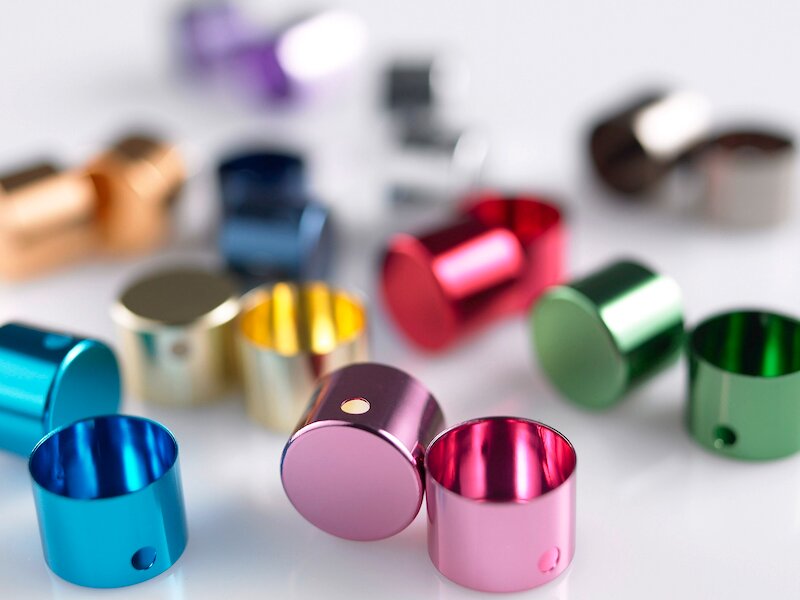
Conclusion
Powder coating aluminum offers a durable, visually appealing, and environmentally friendly solution compared to traditional finishing methods like painting or anodizing. Its superior resistance to wear, corrosion, and UV exposure makes it the ideal choice for indoor and outdoor applications.
Ready to take your aluminum projects to the next level? Contact us today to discuss your requirements and get a free quote for professional powder coating services. Let’s create something extraordinary together!
FAQs
Do you have to sandblast aluminum before powder coating?
While sandblasting is not always mandatory, it is highly recommended for optimal results. Sandblasting removes contaminants, rust, and old coatings while creating a textured surface that improves powder adhesion.
How long does powder coating last on aluminum?
Powder coating on aluminum typically lasts 15–20 years, even in harsh conditions. Its durability depends on proper surface preparation, application, and environmental exposure.
Which factors lead to the failure of aluminum powder coatings?
Common causes of failure include inadequate surface preparation (e.g., poor cleaning or lack of sandblasting), improper curing, using the wrong powder type, or applying uneven coating thickness.
Hey, I'm Kevin Lee

For the past 10 years, I’ve been immersed in various forms of sheet metal fabrication, sharing cool insights here from my experiences across diverse workshops.
Get in touch

Kevin Lee
I have over ten years of professional experience in sheet metal fabrication, specializing in laser cutting, bending, welding, and surface treatment techniques. As the Technical Director at Shengen, I am committed to solving complex manufacturing challenges and driving innovation and quality in each project.

